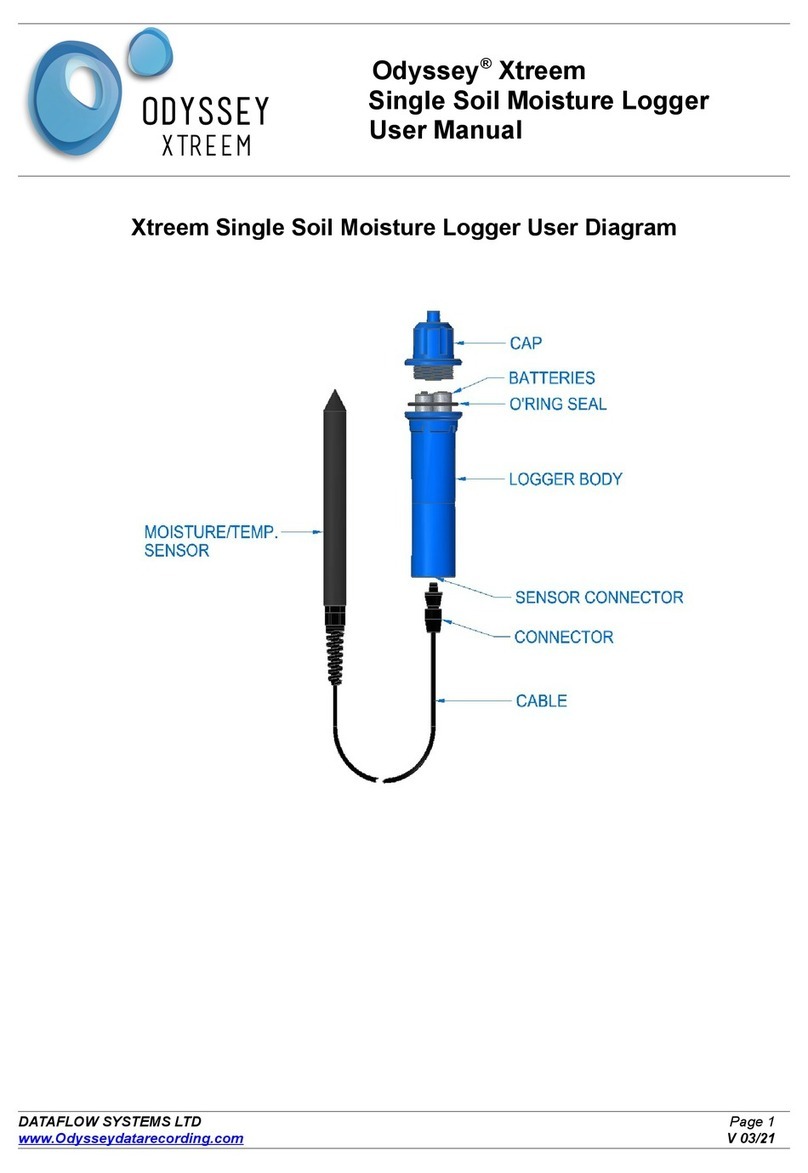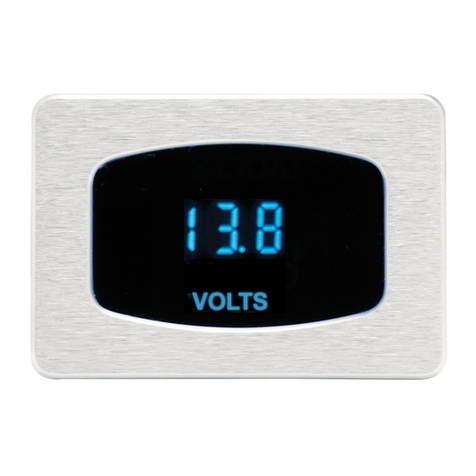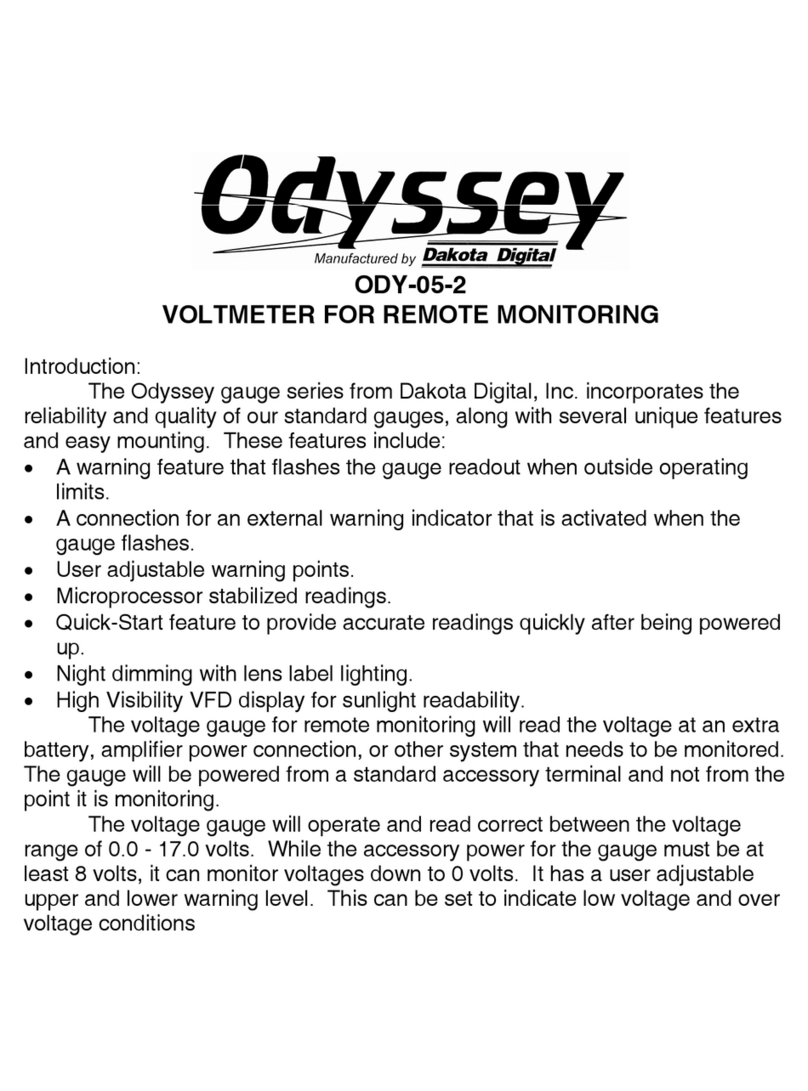viii
Connecting to a Network Using an Ethernet
Switch ....................................................... 49
Setting a Static or Automatic (DHCP) IP
Address...................................................... 50
Configuring the Odyssey
®
Imager with a
Static or Automatic (DHCP) IP Address .. 50
Configuring the Computer with a Static or
Automatic (DHCP) IP Address ................ 54
Connecting Other Computers on the
Network .................................................... 56
Chapter 5: Accessing the
Odyssey Imager With an
Internet Browser
Overview................................................... 59
Connecting to the Odyssey Imager Using
a Browser ................................................. 59
Checking Instrument Status........................ 61
Chapter 6: User and Scan
Group Administration
Adding User Accounts................................ 65
Changing User Account Rights .................. 69
Changing Your Own Password .................. 70
Changing Other Users’ Passwords ............. 72
Deleting User Accounts............................. 73
Deleting the Original Admin Account........ 74
Creating and Changing Groups.................. 74
Creating a New Scan Group.................. 74
Changing Access Permission of a
Scan Group............................................ 75
Deleting Scan Groups................................ 77
Viewing and Deleting Scans Within a Scan
Group........................................................ 78
Chapter 7: Starting Scans
Using an Internet Browser
Using the Scan Setup Window ...................81
Naming the Scan ................................... 82
Entering Scan Parameters........................83
Starting a Scan........................................86
Stopping a Scan......................................88
Saving and Deleting Preset Parameters.......88
Chapter 8: Importing and
Editing Scanned Images
Opening the View Page............................... 89
Opening a Scan Stored on the Odyssey
Imager .......................................................90
Changing the Appearance of an Image.......92
Zooming In and Out ...............................92
Cropping an Image .................................93
Changing Image Appearance ..................94
Inverting the Grayscale Map ...................95
Changing Image Orientation ......................96
Rotating the Image..................................96
Flipping the Image ..................................97
Showing and Hiding Image Channels ........97
Displaying Scan Information ......................99
Saving Changes to Images........................100
Printing Image Files..................................101
Chapter 9: Instrument Utilities
and Diagnostics
Instrument Status ......................................103
Instrument Shutdown ...............................104
Editing Network Addresses.......................105
DHCP vs. Static Addressing ................. 106
Using Host Names................................106
Entering a Gateway Address .................106
Setting Date and Time..............................107































